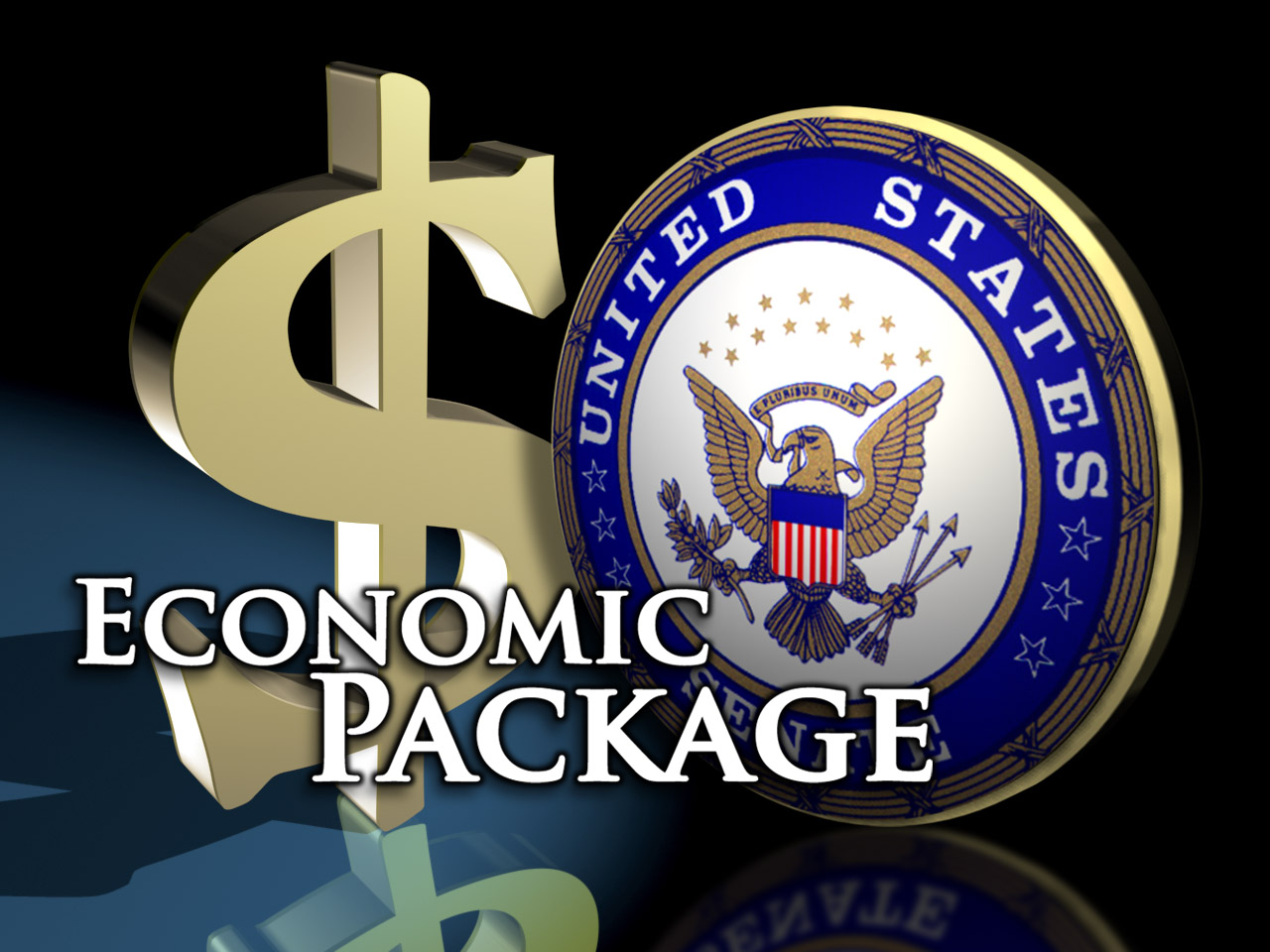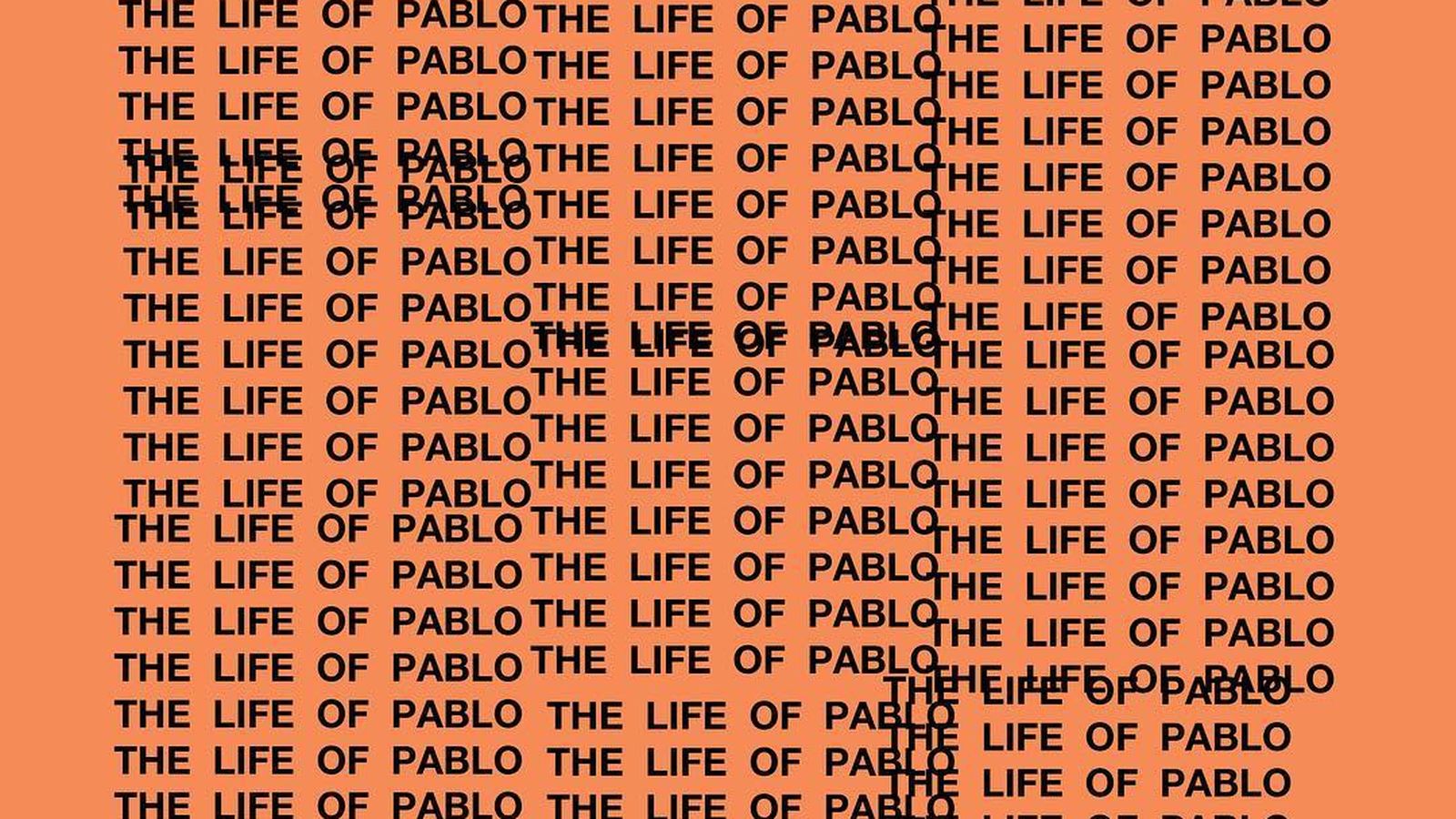(The Verge) – Since 2010, the focus of criticism towards economic and fiscal policies shifted from hands on job creation and has been emphasizing the ever-increasing US deficit. This distraction is what ushered in a new wave of Tea Party conservatives to take a congressional majority during the mid term elections. Mainly conservative economists and Republican politicians continue to offer the same rhetoric demonizing progressive policies while at the same time ignoring validated facts.
To start, we must first submit to the fact that the massive US economy cannot be explained with the same simplicity of a middle-income household. While an average American family must pay their debt down, the US Government simply must ensure that their debt doesn’t rise as fast as GDP or their tax revenue, something the austere Republicans seem to ignore. The United States’ debt is mostly owed to Americans (I know, its shocking because everyone blames China). In order to bring down the bulk of this debt, spending by Americans is required. Obviously no one is currently willing to do that (hence, depression), therefore the actor most suited for this task is the US government. In order to make it easier for the public (people, businesses, and companies) to pay down their personal debt the government would ideally inject currency into the market and invest in an array of areas in order to create jobs and growth. This was the objective of President Obama’s stimulus, the problem was it just wasn’t enough currency, but more on that later. Essentially, debt doesn’t have to be a problem as long as debt grows more slowly than growth and revenue, and cutting funding from areas like education (laying of thousands of American teachers), infrastructure (abandoning the construction of roads, bridges, highways), or any other source of American jobs would be counterproductive to our economic situation. The simple notion of “well I had to tighten the purse strings, so why shouldn’t the government do the same?” just isn’t logical.

Another popular talking point from debt/deficit critics is the imaginary problem of inflation. In reality inflation can be a useful (if not necessary) tactic to combat stagnant spending. By systematically increasing inflation modestly, by about 3 or 4 percent, it will bring some of the burden off of citizens and companies trying to deleverage (pay down) their private debt. Those that hound the Obama Administration and the Fed for contributing to the debt claim that with these rises in inflation come soaring interest rates. They make a solid point, except for the fact that it just never happened. By now we shouldn’t expect anything like factual data to stand in the way of the Republican economic agenda. If we left the dollar at the value it was before the recession in 2008, debt would simply be more expensive and therefore more difficult to pay off.
The size of the American economy is quite large. It generates about $15 trillion in GDP annually (the $780 billion Obama stimulus doesn’t look so big now does it?). For this reason the stimulus from President Obama fell short in many areas. That’s however not to say it did not save this country’s economy from fiscal doom. In the area of job creation, it was not enough. However, since then Republicans have been blocking legislation that would spur job growth and the expansion of the economy. Politics has been the main obstacle reviving monetary woes. Before we take down our deficit, there needs to be significant growth to help Americans pay down private debt and start spending again. It simply won’t be achieved through austerity.




